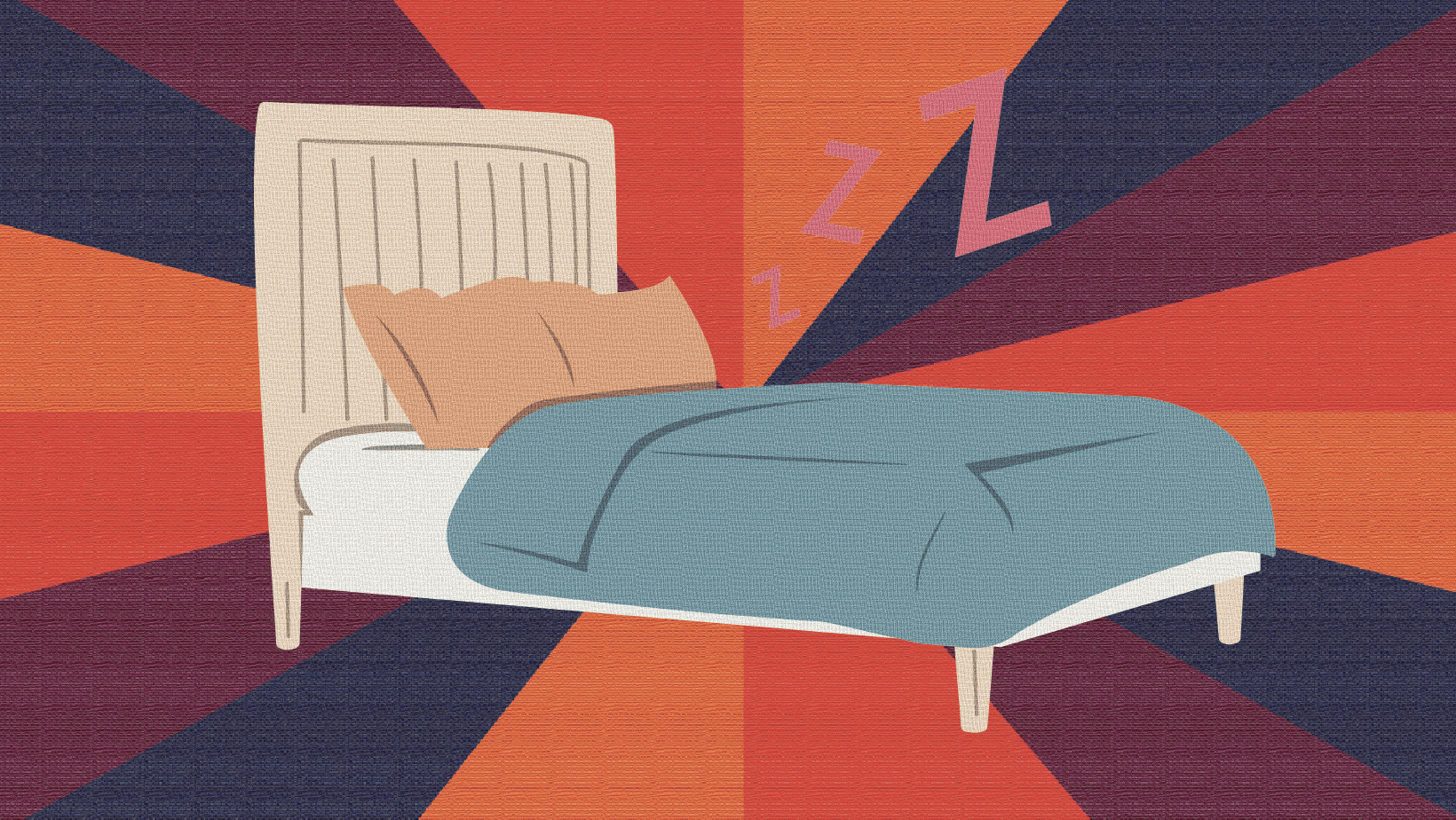The Impact of Hormonal Changes on Connective Tissue and Pelvic Floor Health
Connective tissue serves as a crucial foundation in our bodies, providing essential support and structure to various organs and systems. It plays a vital role in pelvic floor health, especially in women post-childbirth, where weakened pelvic floors are prevalent and need rebuilding. Pregnancy triggers hormonal shifts that support fetal development. These hormones affect connective tissue, increasing its elasticity and length to accommodate the growing baby. However, after childbirth, connective tissue may remain stretched, leading to pelvic floor weakness and related issues.
Pelvic floor function doesn’t operate in isolation but collaborates with surrounding muscles like the glutes, deep hip rotators, hip adductors, and transverse abdominis. Understanding these synergies is key to retraining a dysfunctional pelvic floor, as issues may stem from muscle imbalances outside the pelvic region.
Hormonal changes during pregnancy and childbirth significantly impact connective tissue in the body, notably estrogen and relaxin. Estrogen, which rises during pregnancy, supports fetal development and influences the synthesis and remodeling of connective tissue.
Relaxin, another hormone produced during pregnancy, helps relax ligaments and connective tissue in the pelvis, facilitating childbirth by allowing pelvic bones to expand. While vital for childbirth, relaxin’s effects may persist postpartum, contributing to increased joint laxity and instability, potentially affecting pelvic floor function and stability.
Statistics reveal that approximately one in three women in the United States experience weakened pelvic floors due to childbirth. This data from the Kaiser Permanente Division of Research highlights the importance of addressing pelvic floor health postpartum.1
Overall, hormonal changes during pregnancy and childbirth are crucial for preparing the body for the physical demands of labor. However, they can also impact connective tissue integrity, potentially leading to pelvic floor issues and other musculoskeletal challenges postpartum. Engaging in pelvic floor exercises and rehabilitation strategies is essential for supporting connective tissue recovery and promoting overall postpartum health and well-being.

The Importance of Isometric Pelvic Floor Exercises
Isometric contractions are crucial for strengthening a weakened pelvic floor because they involve contracting the muscles without actually moving them. In the case of the pelvic floor, isometric exercises target the muscles responsible for supporting the pelvic organs and controlling bladder and bowel function. Engaging in isometric contractions actively strengthens these muscles, leading to improved muscle tone and endurance. Additionally, isometric exercises help promote the laying down of new connective tissue, further supporting pelvic floor integrity. This approach is particularly beneficial for postpartum women because it targets the physical adaptations needed to address pelvic floor weakness effectively.

Pelvic Floor Exercises:
Isometric pelvic floor exercises play a pivotal role in strengthening muscles and enhancing connective tissue integrity. Here are six exercises focusing on a 3-10 second isometric contraction per 10-12 reps per exercise:
- Kegels: Mimic the action of halting urine flow, hold briefly (seconds), then release.
- Bridge Pose: Lift hips off the floor while squeezing pelvic floor muscles; hold contraction.
- Squats: Lower into a squat position, engaging pelvic floor muscles, and hold before returning to standing.
- Planks: Support body weight on forearms and toes, engaging core and pelvic floor muscles; hold.
- Wall Sits: Lean against a wall with knees bent at a 90-degree angle, engaging pelvic floor muscles.
- Pelvic Clocks: Lie on your back, visualizing a clock on your pelvis, and gently move through each hour while engaging, contracting the pelvic floor muscles per dial on the clock.
Studies suggest holding isometric contractions for 3 to 10 seconds per repetition for peak strengthening. This duration allows for effective engagement without excessive fatigue, though individual factors like muscle strength and specific conditions may influence the optimal duration.

Innovative Biohacking Methods for Pelvic Floor Rehabilitation
Biohacking provides alternative ways to address pelvic floor dysfunction and weakness by utilizing various innovative approaches. Here are some suggested pelvic floor biohacking methods:
- Electrical Stimulation: Transcutaneous electrical nerve stimulation (TENS) or neuromuscular electrical stimulation (NMES) can be used to stimulate pelvic floor muscles, promoting muscle contractions and strengthening. This method can help improve muscle tone and function, particularly in individuals with weakened pelvic floors.
- Vaginal Biofeedback Devices: These devices provide real-time feedback on pelvic floor muscle contractions, helping individuals learn to engage and strengthen these muscles effectively. They can be used at home and offer personalized training programs based on individual needs and progress.
- Infrared Light Therapy: Infrared light therapy, also known as photobiomodulation, involves using specific wavelengths of light to stimulate cellular repair and regeneration. This therapy can promote healing and reduce inflammation in pelvic floor tissues, potentially improving muscle function and relieving symptoms of dysfunction.
- Nutritional Support: Certain nutrients, such as magnesium, vitamin D, and collagen, play essential roles in muscle function and connective tissue health. Biohacking approaches may involve optimizing nutritional intake through supplementation or dietary modifications to support pelvic floor health and function.
- Mindfulness and Stress Management: Chronic stress and tension can contribute to pelvic floor dysfunction by causing muscle tension and exacerbating symptoms. Biohacking techniques such as meditation, breathwork, and stress-reduction practices can help manage stress levels and promote relaxation, potentially alleviating pelvic floor symptoms.
- Genetic Testing: Some biohacking enthusiasts may explore genetic testing to identify genetic predispositions or factors that may influence pelvic floor health. Understanding genetic factors can inform personalized interventions and lifestyle modifications to optimize pelvic floor function and prevent dysfunction.

These personalized approaches form a comprehensive strategy for pelvic floor rehabilitation. Before delving into biohacking methods, it’s crucial to emphasize the significant impact of exercise and a consistent pelvic strengthening routine, incorporating isometric activation. Regular exercise, especially targeted pelvic floor exercises like squats, can be pivotal in strengthening pelvic floor muscles and improving function. Isometric contractions, in particular, can enhance muscle tone and endurance, contributing to better pelvic floor health.
However, for those considering biohacking approaches for pelvic floor dysfunction, it’s essential to consult with healthcare professionals or pelvic health specialists. While these methods hold promising benefits, individual responses can vary. Personalized guidance from experts is vital for safe and effective implementation, ensuring optimal outcomes and minimizing potential risks.
Overall, prioritizing pelvic floor health can positively impact sexual function and satisfaction, contributing to a fulfilling and enjoyable sex life with your partner. Pelvic floor exercises and a multitude of biohacking methods can help significantly improve your pelvic floor strength, helping you better recover after childbirth.






0 Comments